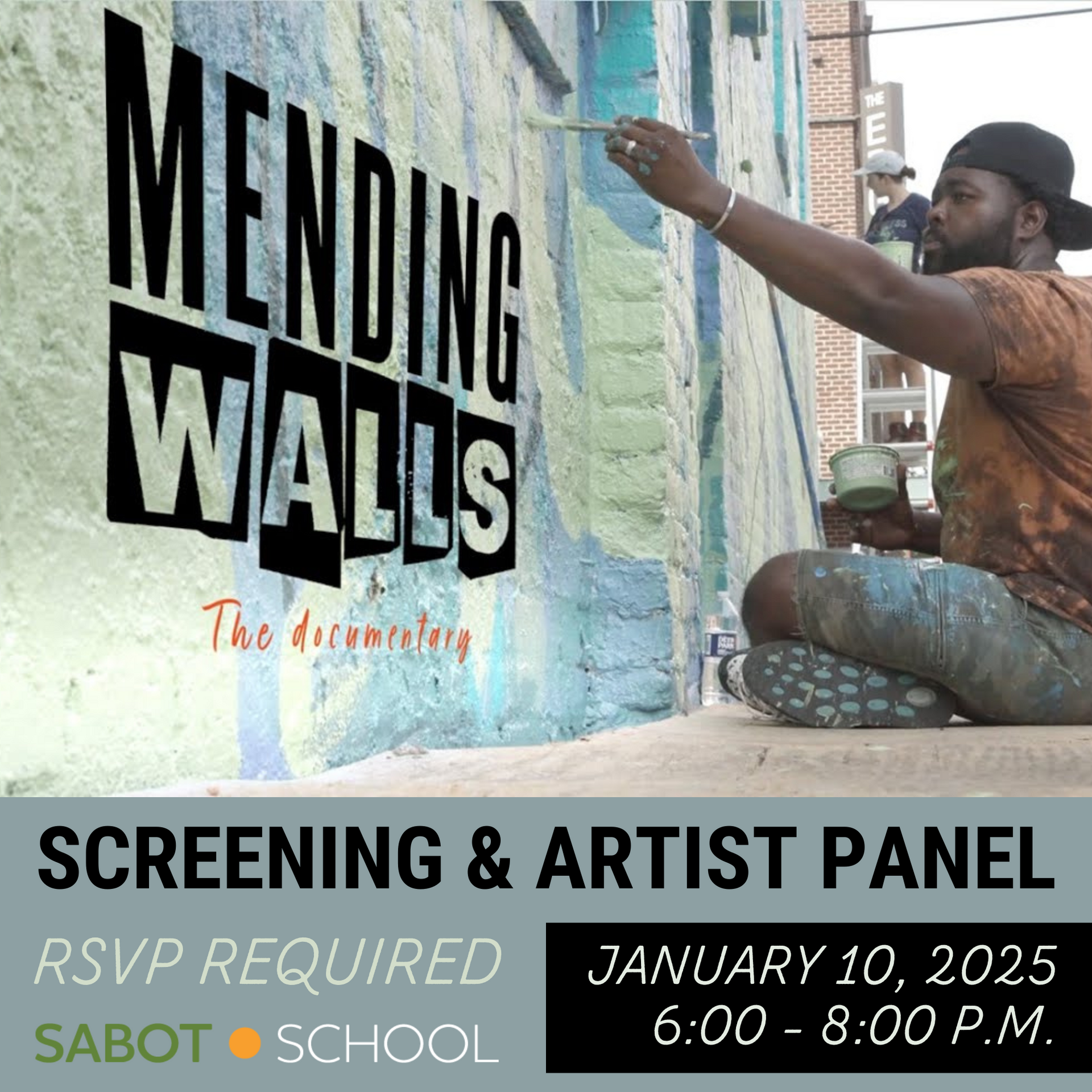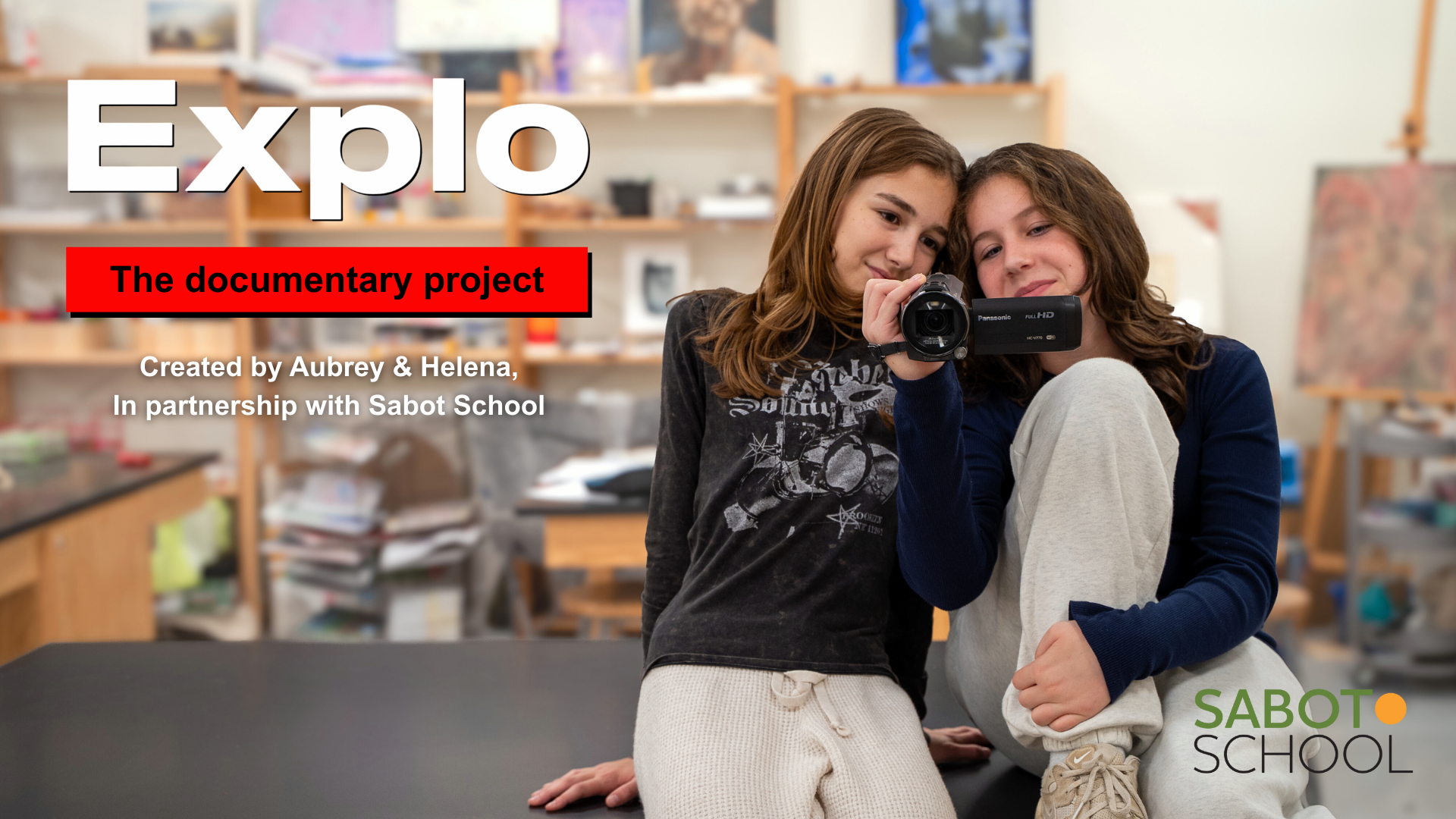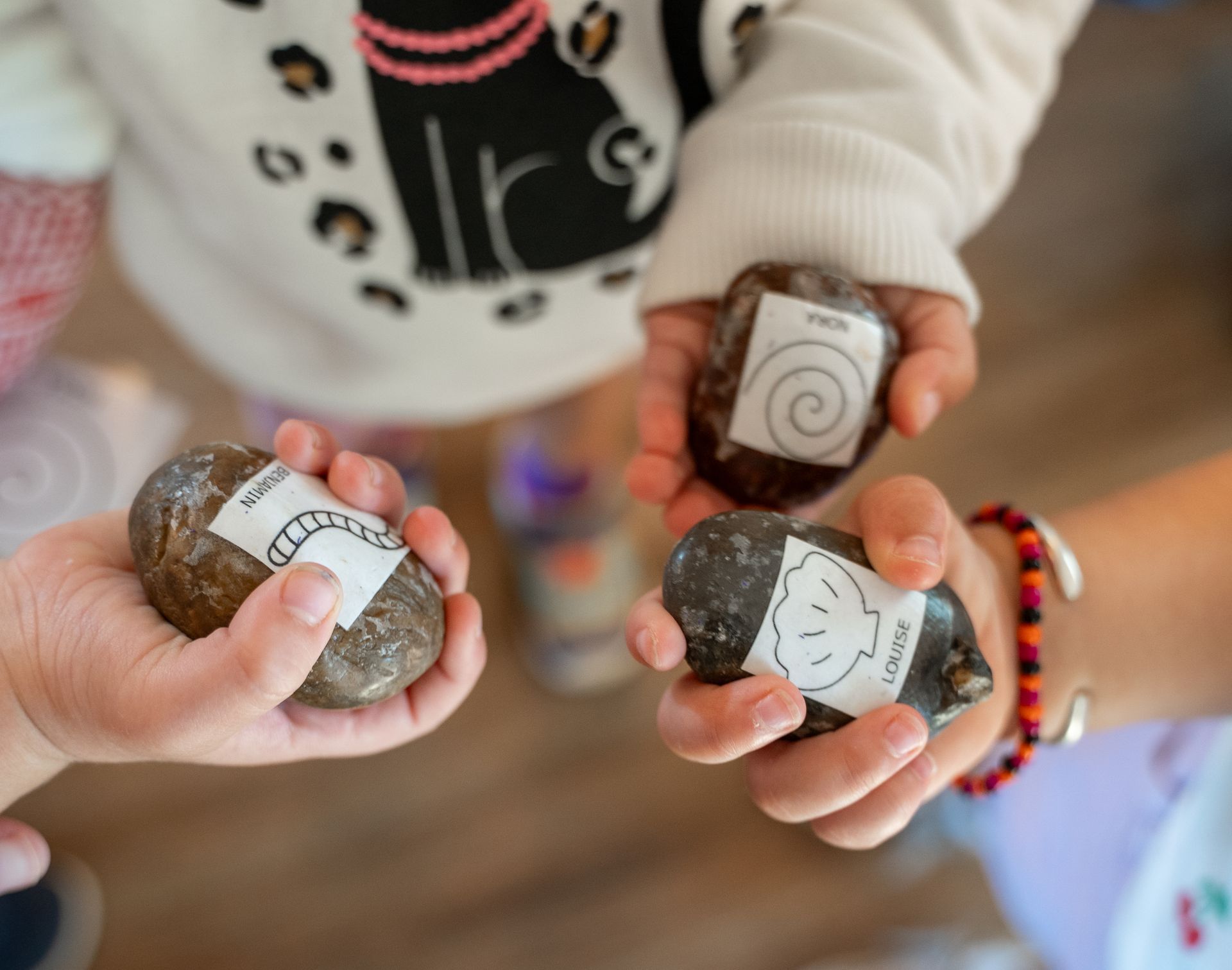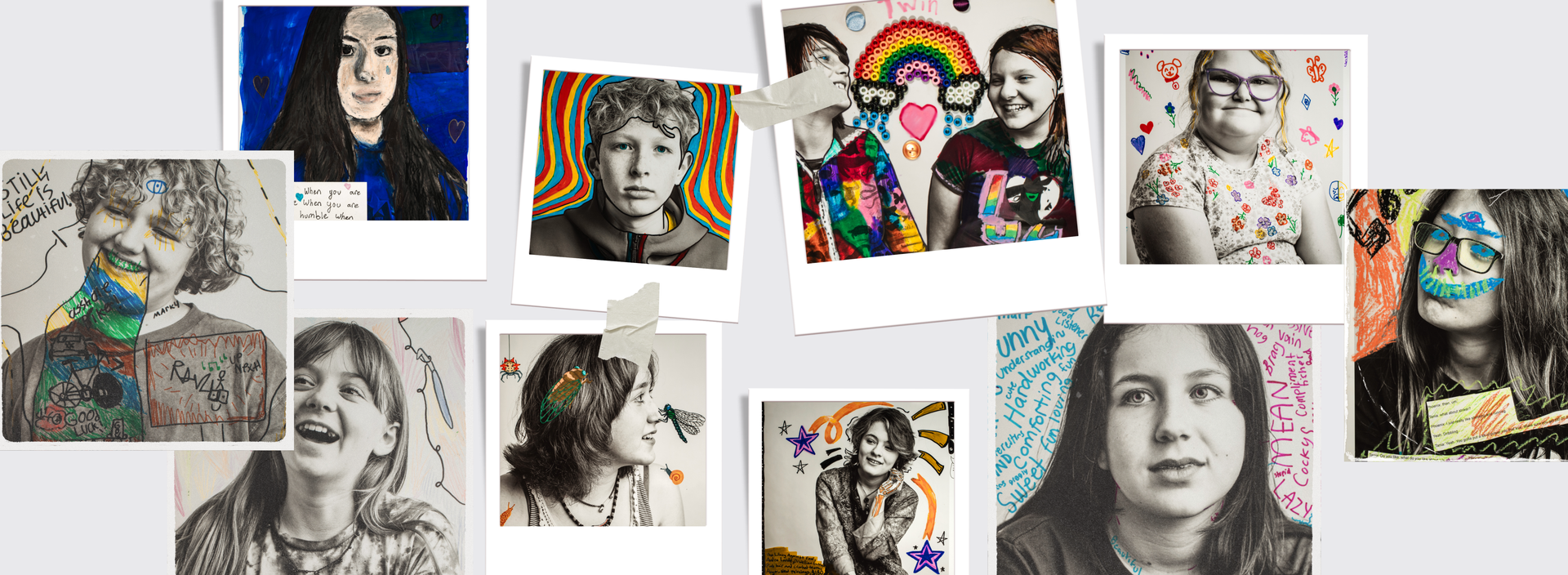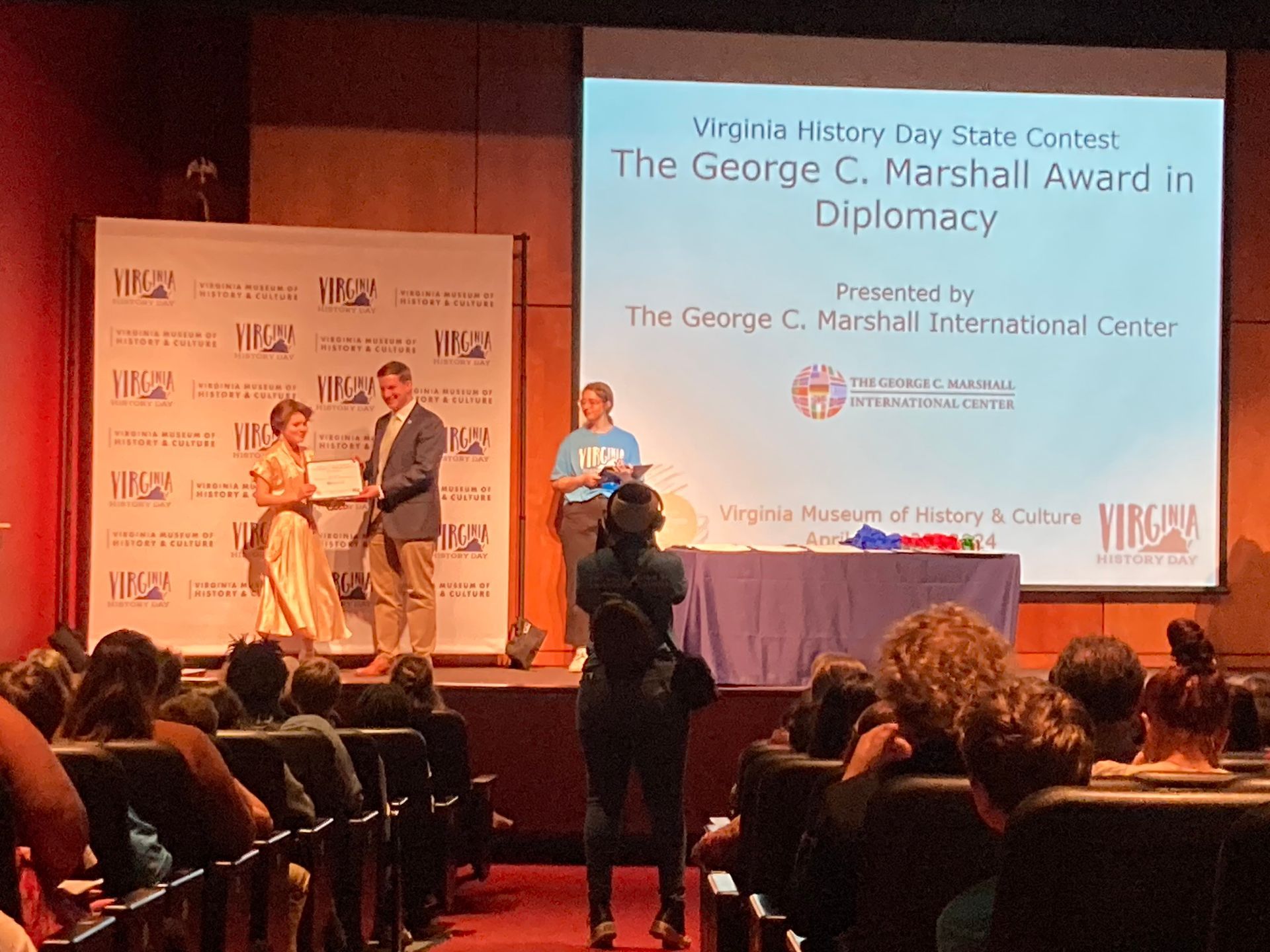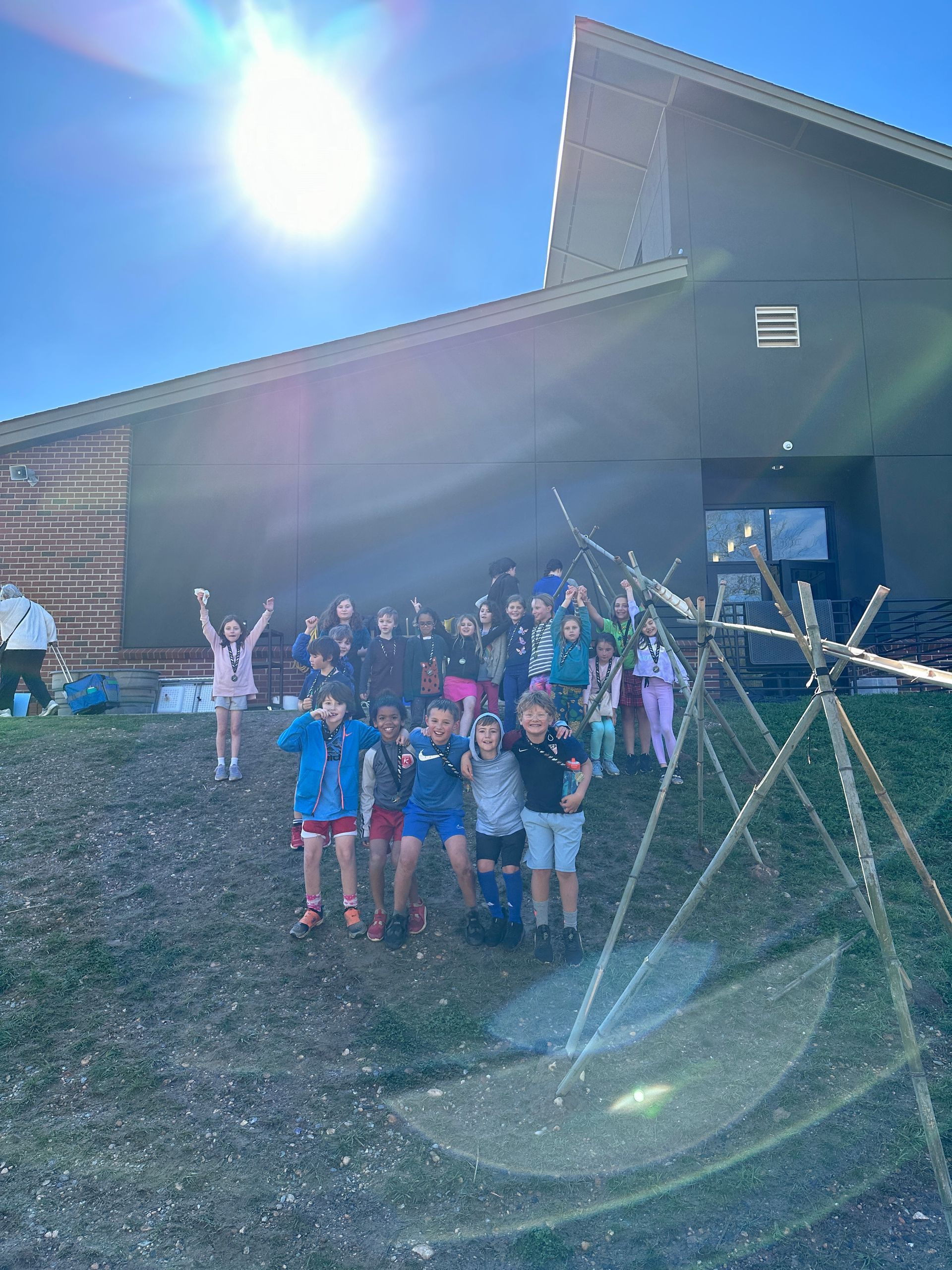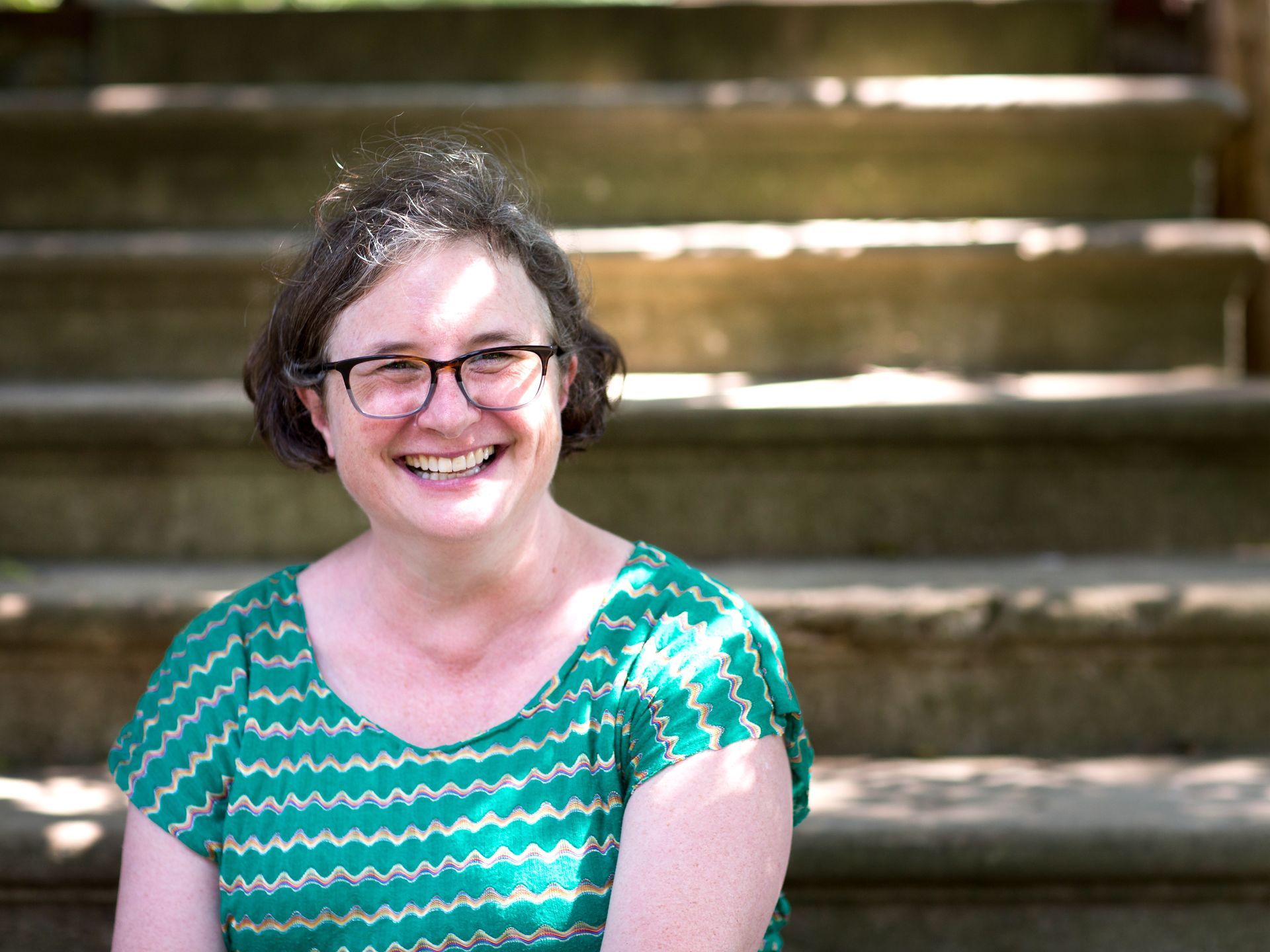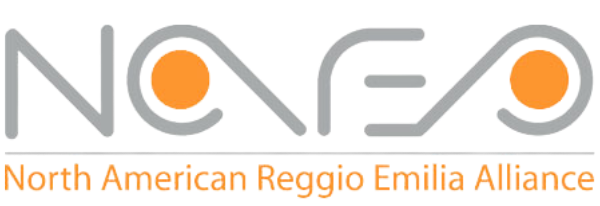Fostering Interdependence in the Middle School Classroom
by Sarah Lile, Middle School Teacher-Researcher
 Can a group of students take an idea, create a project, and see it through to completion? Can students impact their community without adults leading the way? After witnessing it firsthand in my classroom this winter, I certainly think so.
Can a group of students take an idea, create a project, and see it through to completion? Can students impact their community without adults leading the way? After witnessing it firsthand in my classroom this winter, I certainly think so.
In Language Arts, 7th grade students read Alan Gratz’s gripping novel Refugee about three refugee families during three different time periods in history. Thanks to the magic of Zoom, we were able to welcome representatives from the International Rescue Committee and Reestablish Richmond , two organizations that help refugee families settle into the Richmond area. This sparked many questions:
How do refugees feel living in a country that isn’t their own?
What challenges do they face in RVA?
What do refugees in RVA need to feel at home and safe?
Why didn’t I know about refugees?
How can we make a difference for refugees in our community?
What can we do to help the most?
Students were asked to generate project ideas around one of the questions. After much discussion, three projects emerged: a guide to RVA, a school supply drive for refugee children, and an illustrated children’s book about our city.
In a year where some students are in-person and some are virtual, project planning and logistics were critical. Before I came to Sabot, I would have designed the project for them, given them a project plan with expectations and specifications, templates to fill out and deadlines to meet. Here, I know to step back and let the magic of collaboration and student agency drive the project.
After spending hours researching and compiling information about a variety of activities around RVA: restaurants, museums, parks, and family-friendly activities, students working on the guide had yet to figure out which medium to use. Suddenly, a student sprang from her seat one class period and said, “Guys, we can make this in Google Sites! I’ll set it up!” And she proceeded to set up every student in the room on the shared Google Site they would use to create the guide. It was the catalyst that pushed the project to completion. This would not have happened if I had laid out the project for them.
The virtual students needed to rely heavily on written communication to execute an in-person school supply drive. That meant many emails to the administrators, teachers, and parents at our school, all from the students themselves. To excite students, they shared a read-aloud video of a children’s book about a refugee child going to school in America. They also wrote a letter:
“We have learned when refugees come from their country they have to leave a lot of stuff behind and start a new life in the United States, or wherever they go. We also know that they may not have the money to buy school supplies for their children. That’s why we are doing a school supply drive for refugee children.”
The academic challenges of learning virtually are well known to many families this school year. One of the ways we’ve supported our virtual students here at Sabot was to focus on the social-emotional needs of our virtual students. During this project, students asked to meet on campus to work on the project, almost exactly one year from the initial shutdown. The most beautiful moment to witness was the gradual transition from discomfort to pure joy. At first, students stood six feet apart, staring at the boxes and poster board in front of them, then ever so gradually, as they talked and laughed with one another, their joy started to bloom. The roots of this community grew in a virtual environment, steeped in shared experiences and frustrations. And this created a stronger bond, a more beautiful flower if you will, when they saw each other face to face.
Toward the end of the project, the group working on the RVA Guide hit a speed bump. After working to create content for the Google Site, students remembered that many refugee families in the area have limited English proficiency. They requested a call with their contacts at the IRC to discuss how they might get around the language barrier. In a zoom conversation, they learned that the IRC might be able to translate the guide into the top four languages of their clients (Dari, Swahili, Spanish, and French). They learned that it was critical that the guide be visual and concise, and in addition to the photos and written reviews, students decided to create audio recordings giving the audience an opportunity to hear them speak about a particular place in the guide.
After completing the content, fact-checking, testing, and proofreading the site, students felt the guide was ready for publication. They arranged to present it to the IRC.
Meanwhile, the school supply drive met up to sort the trunk-load of donations and deliver them to the IRC. The students who wrote and illustrated the children’s book dropped off copies that will be translated.



This project required motivation, stamina, and drive. Students had to create and execute a plan, with minimal teacher input. They had to collaborate, step into leadership roles, consider their audience, and communicate with the broader community. But most importantly, students were creating something real. Something meaningful. Something that would positively impact the lives of people in the Richmond community.
At the end of the projects, students wrote reflections. Some highlights:
“I think I have really shown that I’m a leader and can get work done under pressure.”
“All the problems were solved by talking about it and making a plan.”
“I think I have gotten much better at website design and group thinking and management thanks to this project.”
“Figuring out the technology was a big challenge. We were constantly switching between technology platforms to create reviews that would be clear and concise as well as informative for the refugees…In the case of google sites, which I wasn’t familiar with, I also had to learn how to use the platform. “
“Some things I have come to understand about group projects is you have to allow yourself to be flexible, and inclusive of others’ ideas and opinions in order to create the best outcome possible.”
“I think I’ve also started to be more considerate and think more about what it would be like to [live] somewhere completely new.”
What struck me most about this project was the ability of the students to figure out the entire process with minimal teacher interventions. Sure, there were times when I wanted to insert my opinion, or send an email for them, or even just sort some school supplies. But I resisted the urge and trusted the process, and it paid dividends. The students quickly learned that this was their project, their drive, their book, their website. They had agency over the entire process. This isn’t the first time I’ve trusted students to lead the way, and I learn so much every time. Given the opportunity, students will show you that they really are capable of amazing things.
The post Fostering Interdependence in the Middle School Classroom appeared first on Sabot at Stony Point.
SHARE THIS POST
